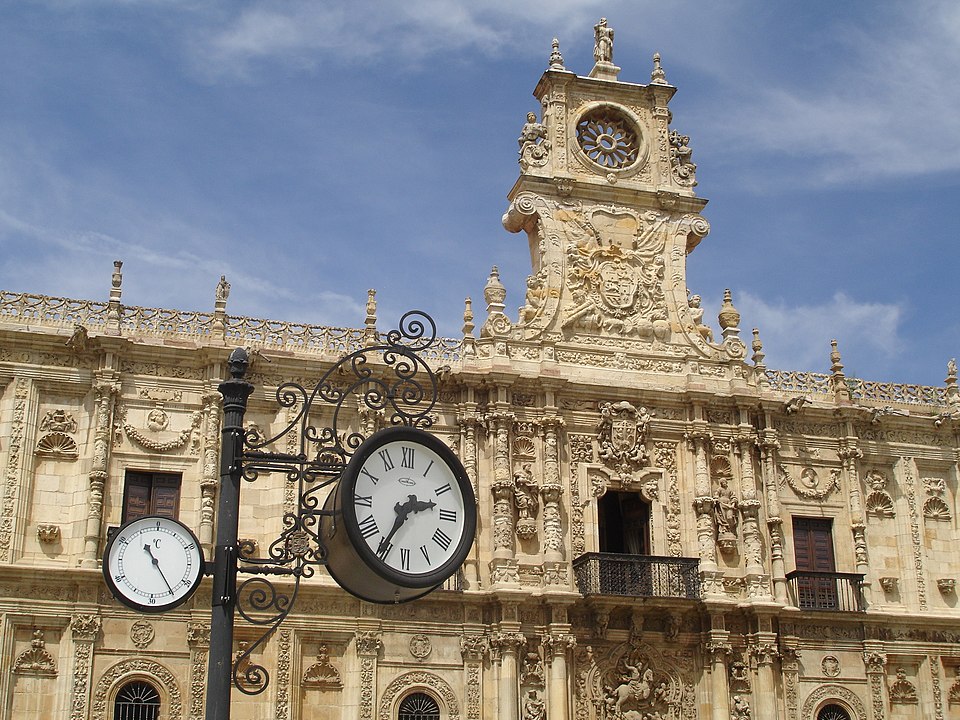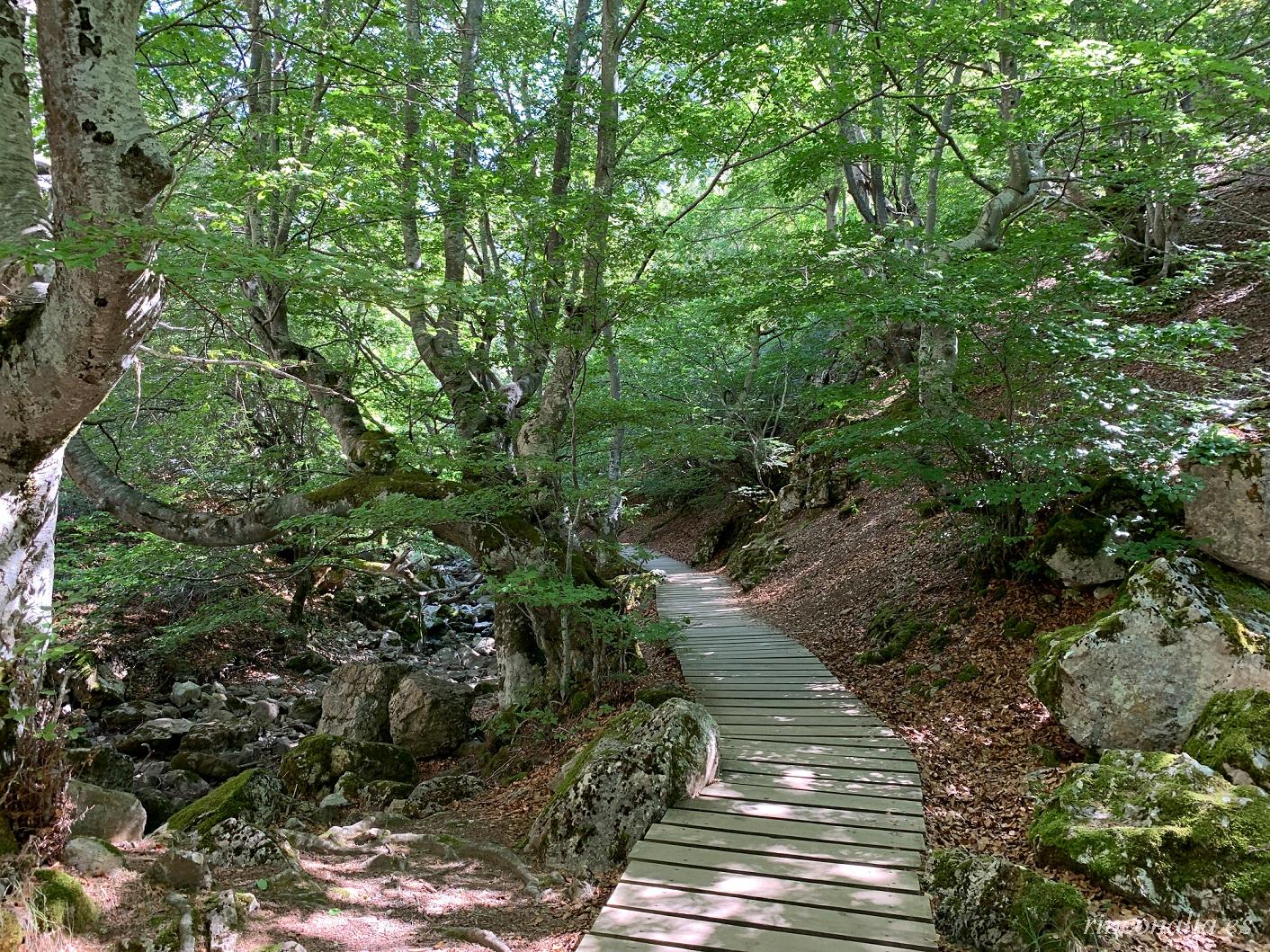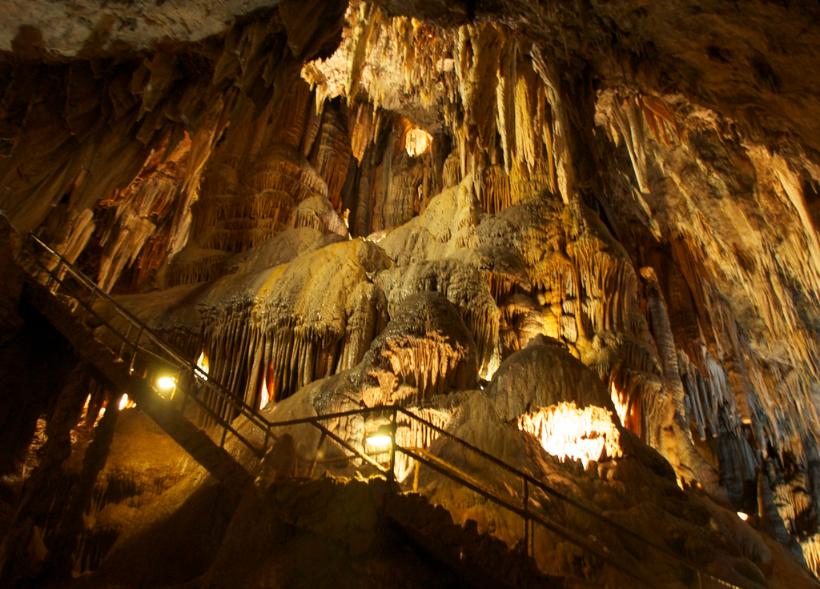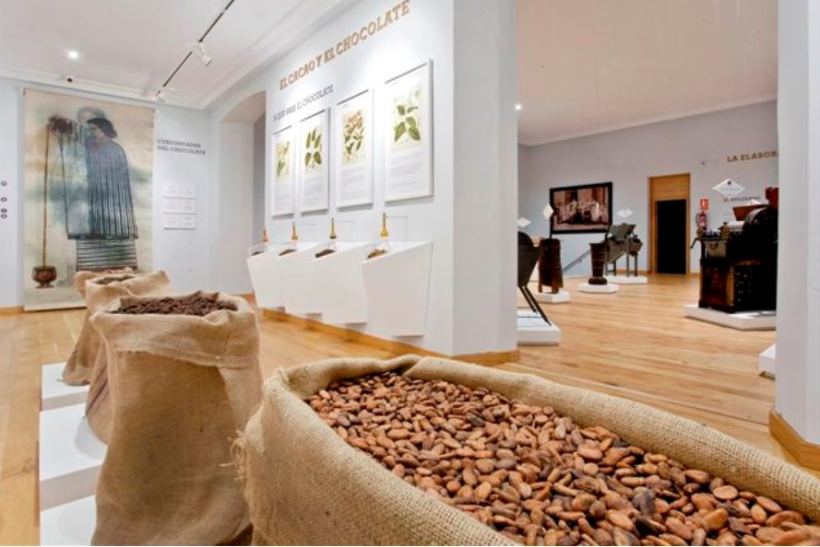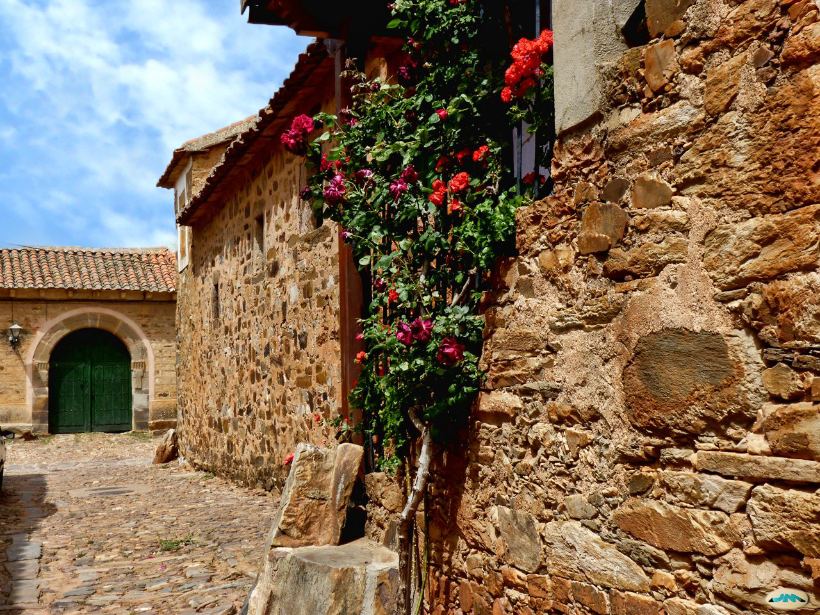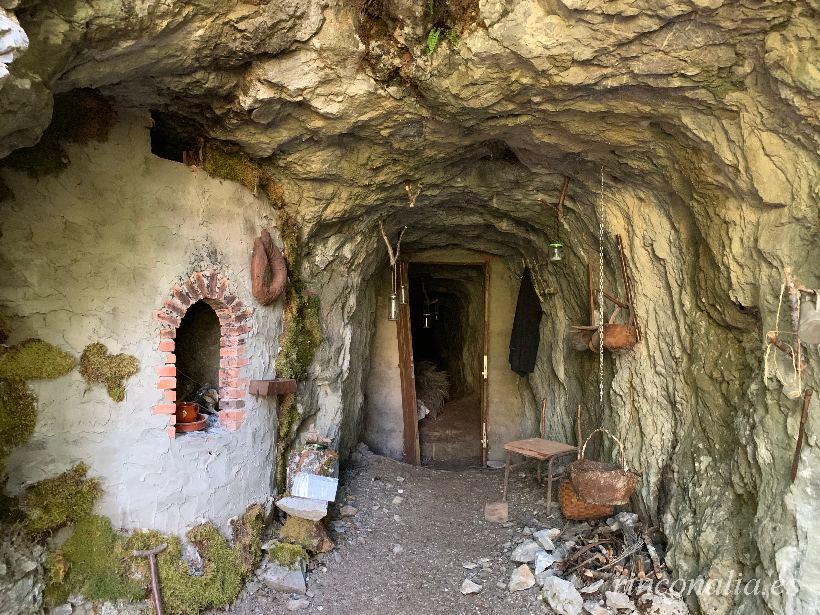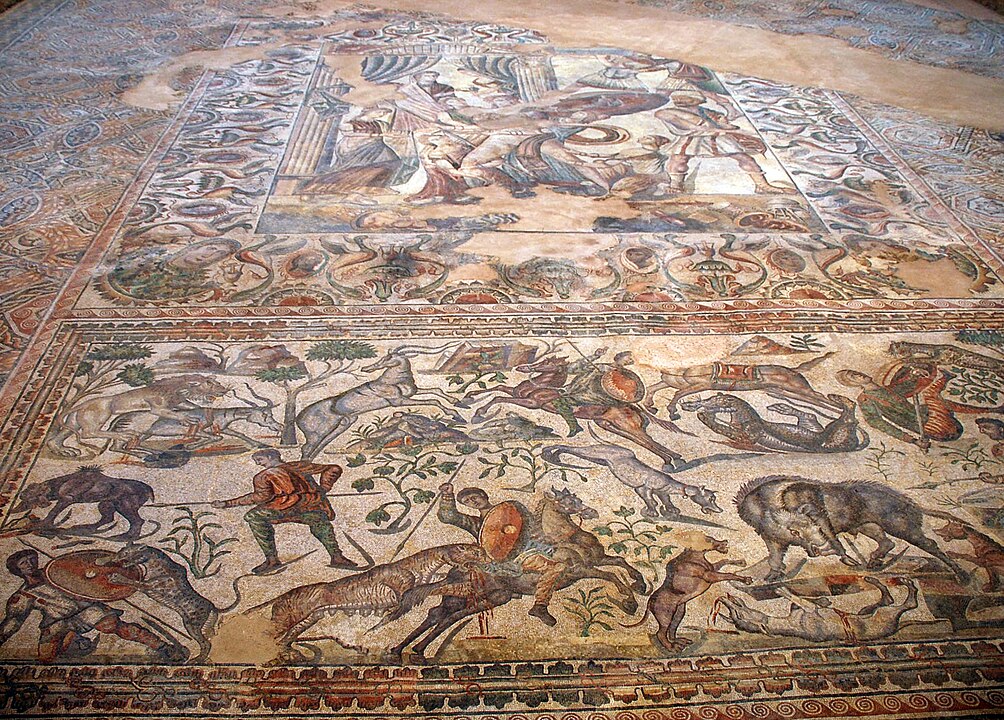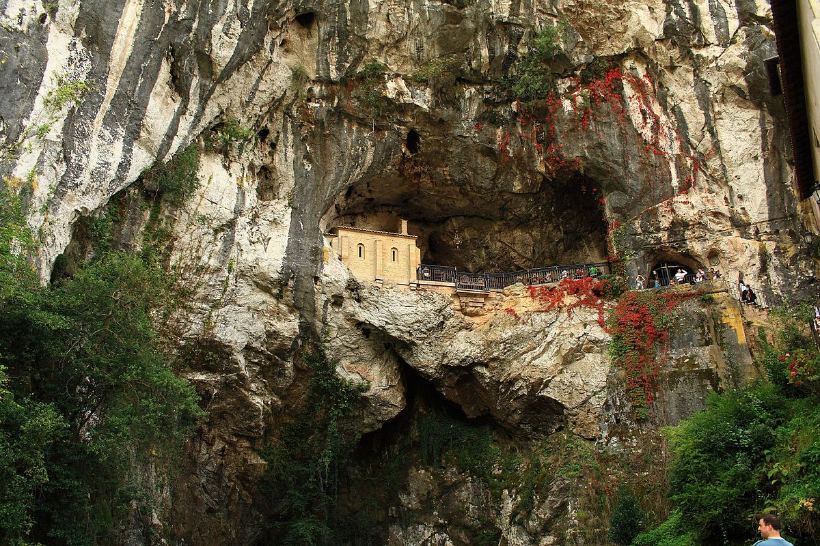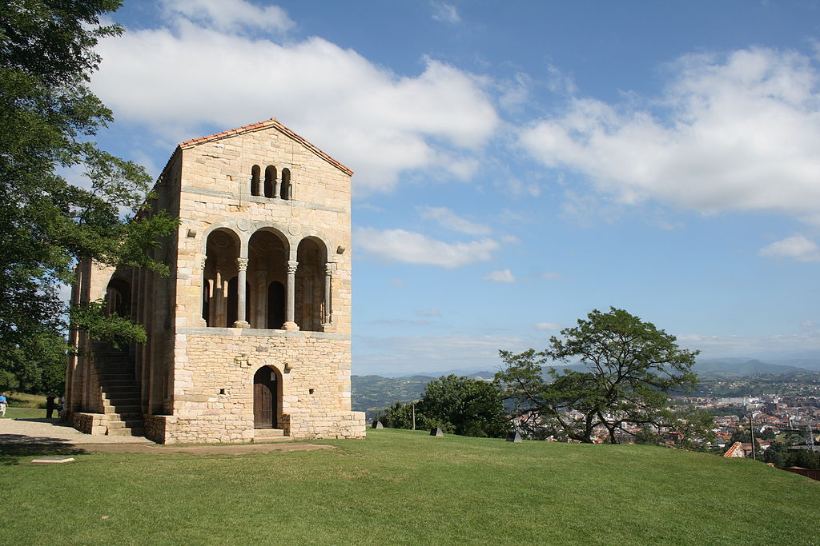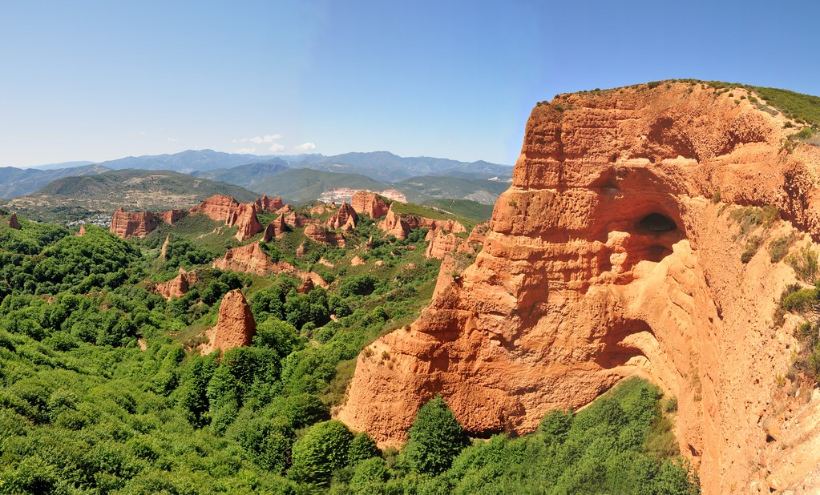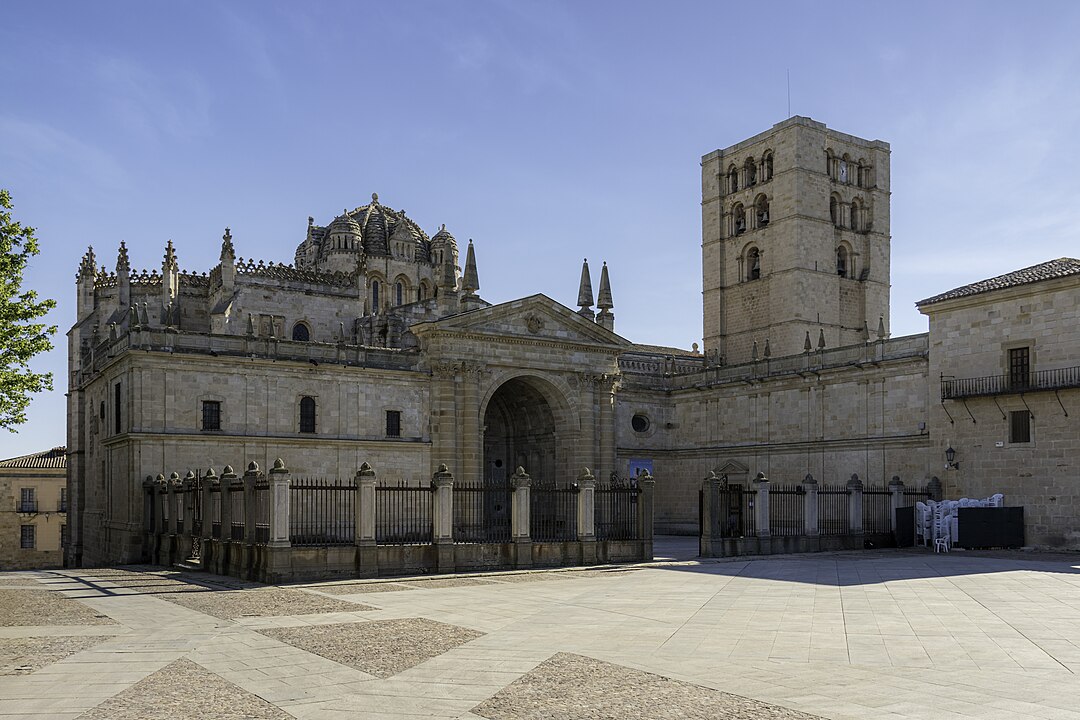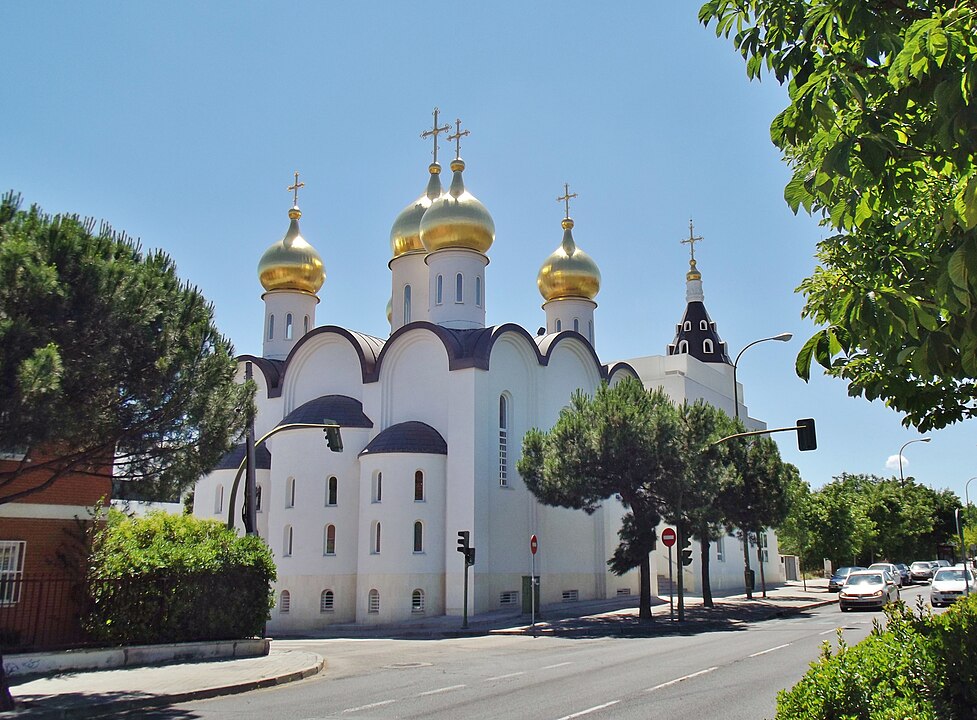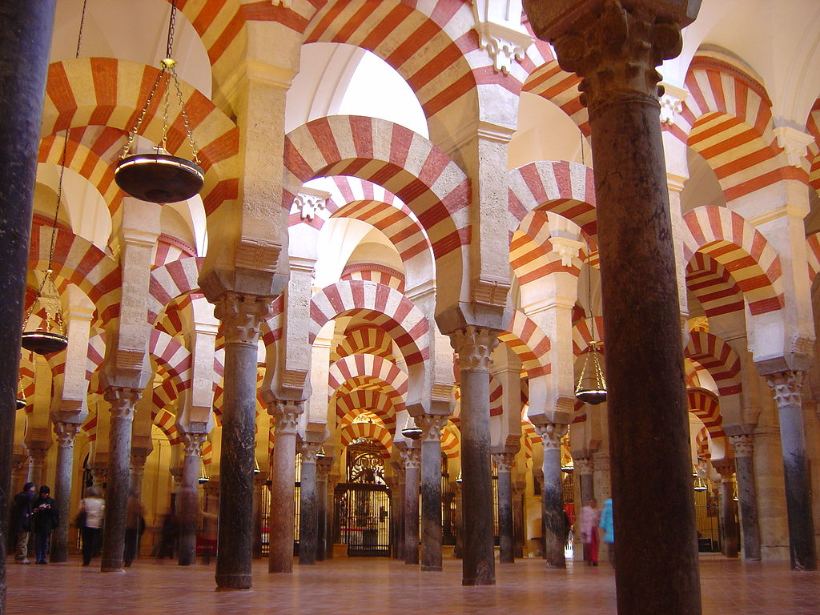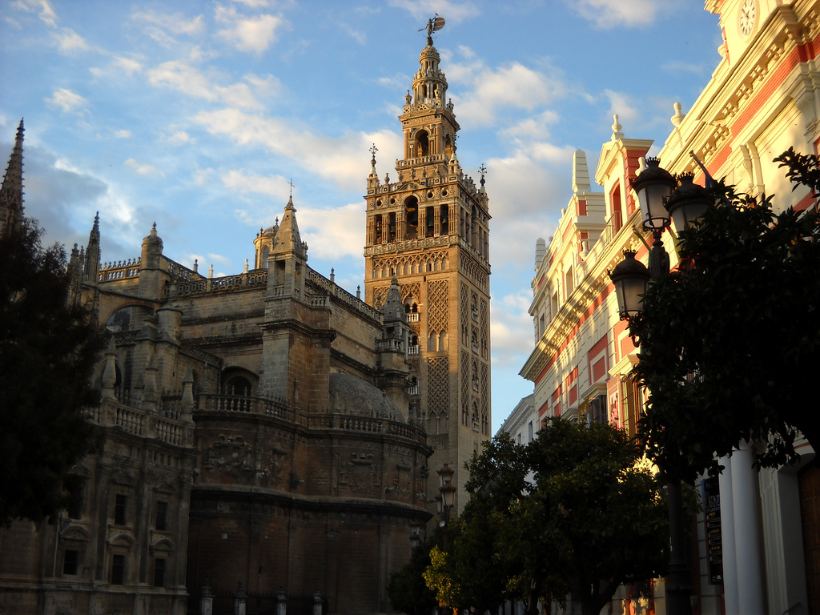León Cathedral, the Pulchra Leonina
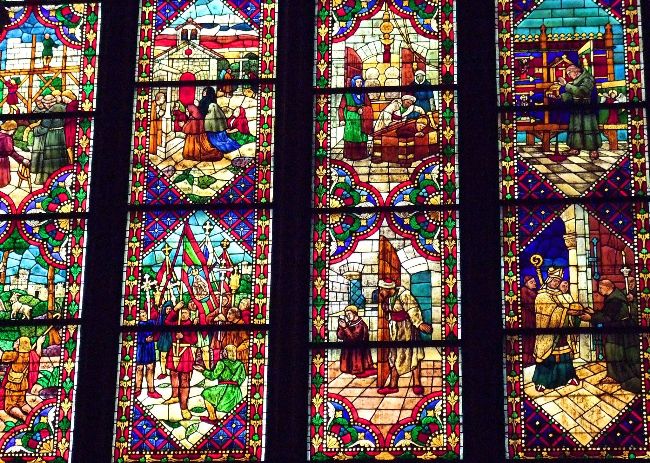
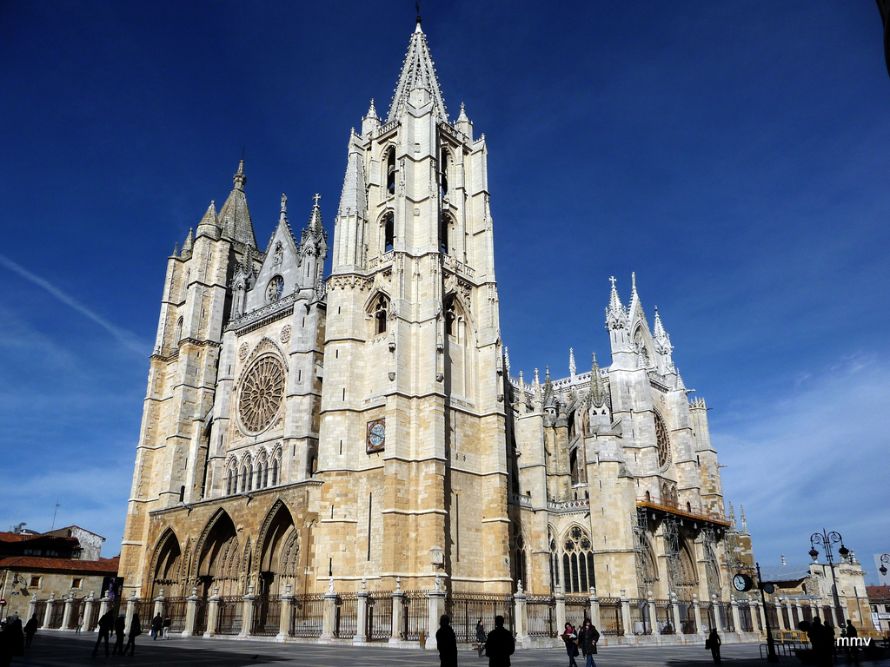
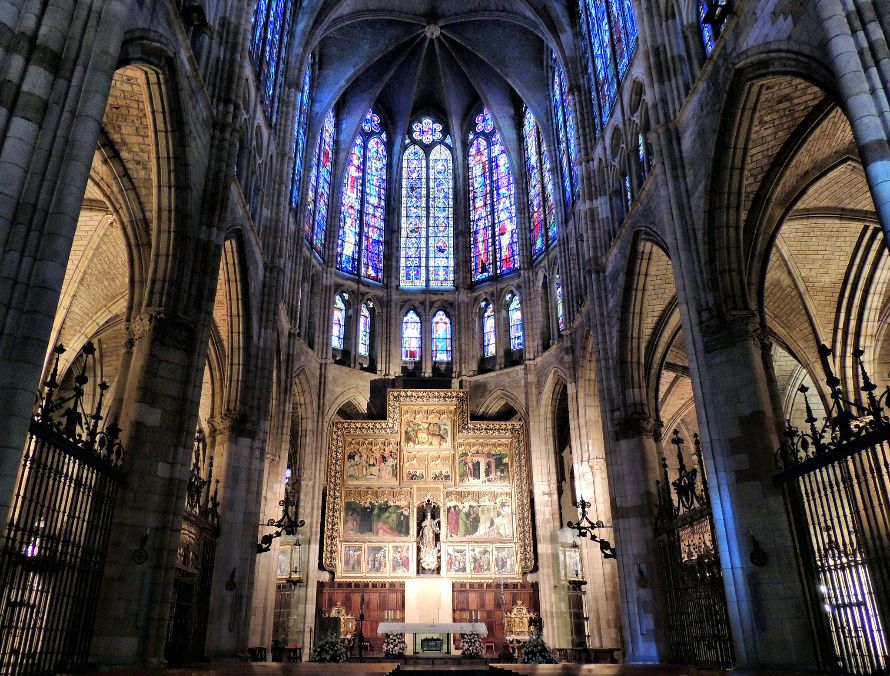
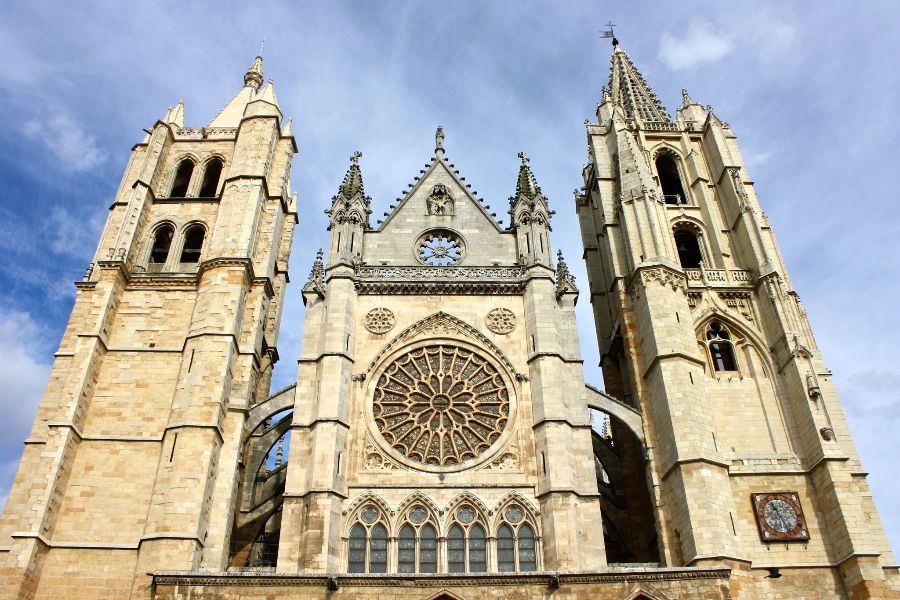
Actualizado el
León Cathedral, known as the Pulchra Leonina (“the Beautiful Leonese”), is one of the masterpieces of Spanish Gothic. Its slender nave, flying buttresses and especially its extraordinary collection of stained glass windows—among the world’s finest—make it iconic.
Construction and Archaeological Remains
- Begun in the 13th century atop Roman baths and earlier churches, including an original Romanesque cathedral.
- In the archaeological crypt beneath the south façade lie remains of the Legio VII Gemina encampment, unearthed in the 1990s.
The Stained Glass
- A total of 737 windows covering over 1,765 m² of glass.
- Spanning from the 13th to the 20th centuries, these make up one of the premier Gothic glass ensembles, alongside Chartres.
Cathedral Museum
- Houses artworks from prehistory to the 20th century.
- Seventeen rooms around the cloister showcase sculpture, goldsmith work and tapestries.
Legend of the “Evil Mole”
Above the San Juan door hangs a leatherback turtle shell, long thought to be the hide of a mole that gnawed at the cathedral nightly. Who placed it there, or why they chose a turtle shell, remains unknown.
In sum, León Cathedral is not only a hallmark of classic Gothic architecture but also a marvel of light and color, a link to underground Roman history and a treasure trove of legends and sacred art—an essential visit.
How to get there
Se encuentra en el centro de León, en la Plaza de la Regla s/n. Muy cerca de la zona típica de tapeo conocida como el Barrio Húmedo.
Decimal: 42.599444°, -5.566667°
DMS: 42°35'58" N, 5°34'00" O
